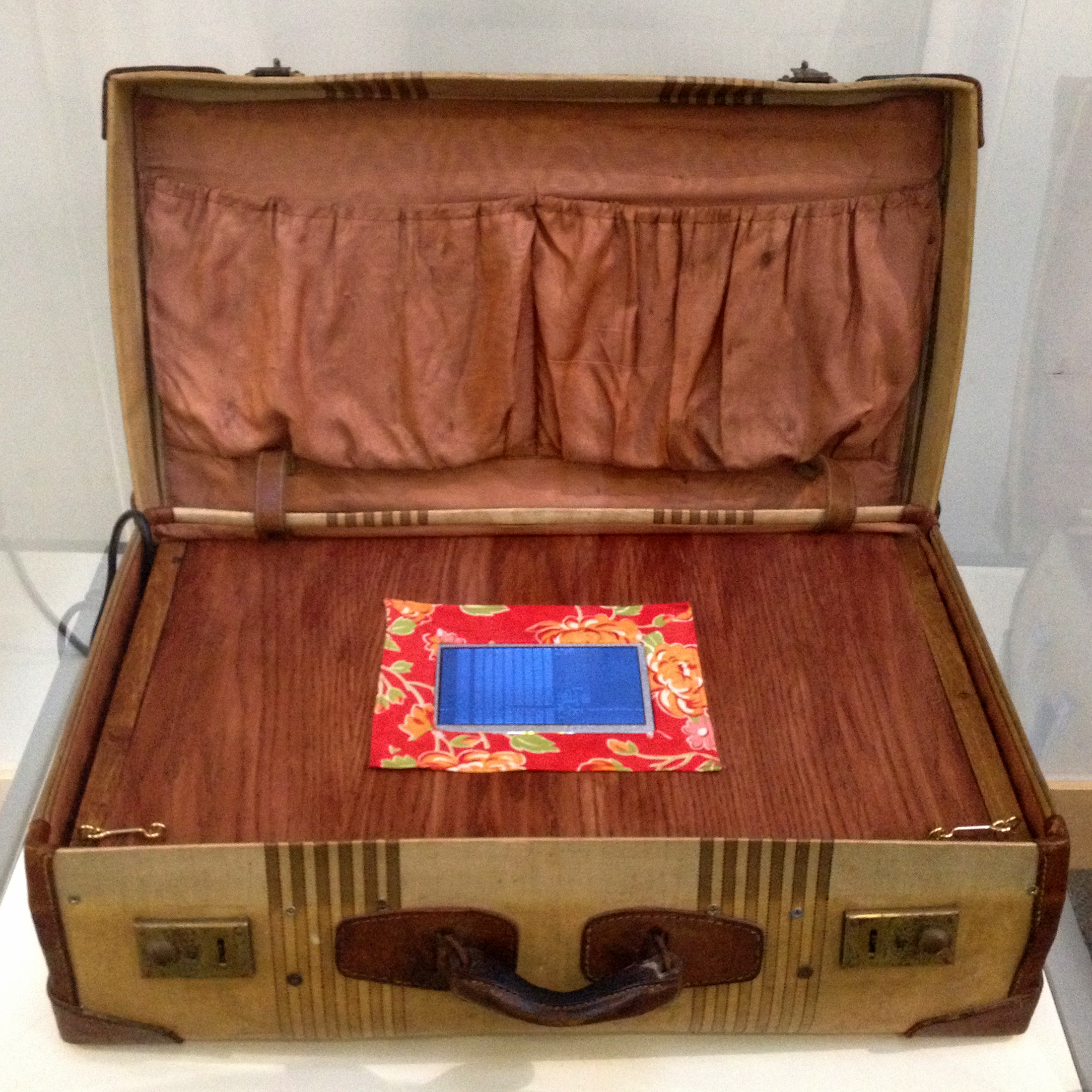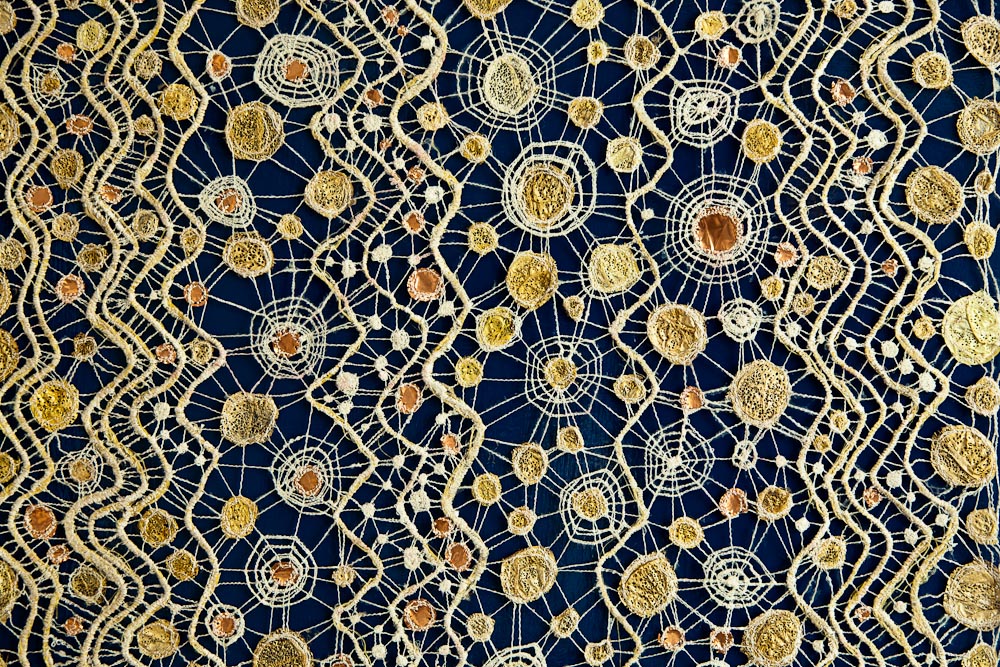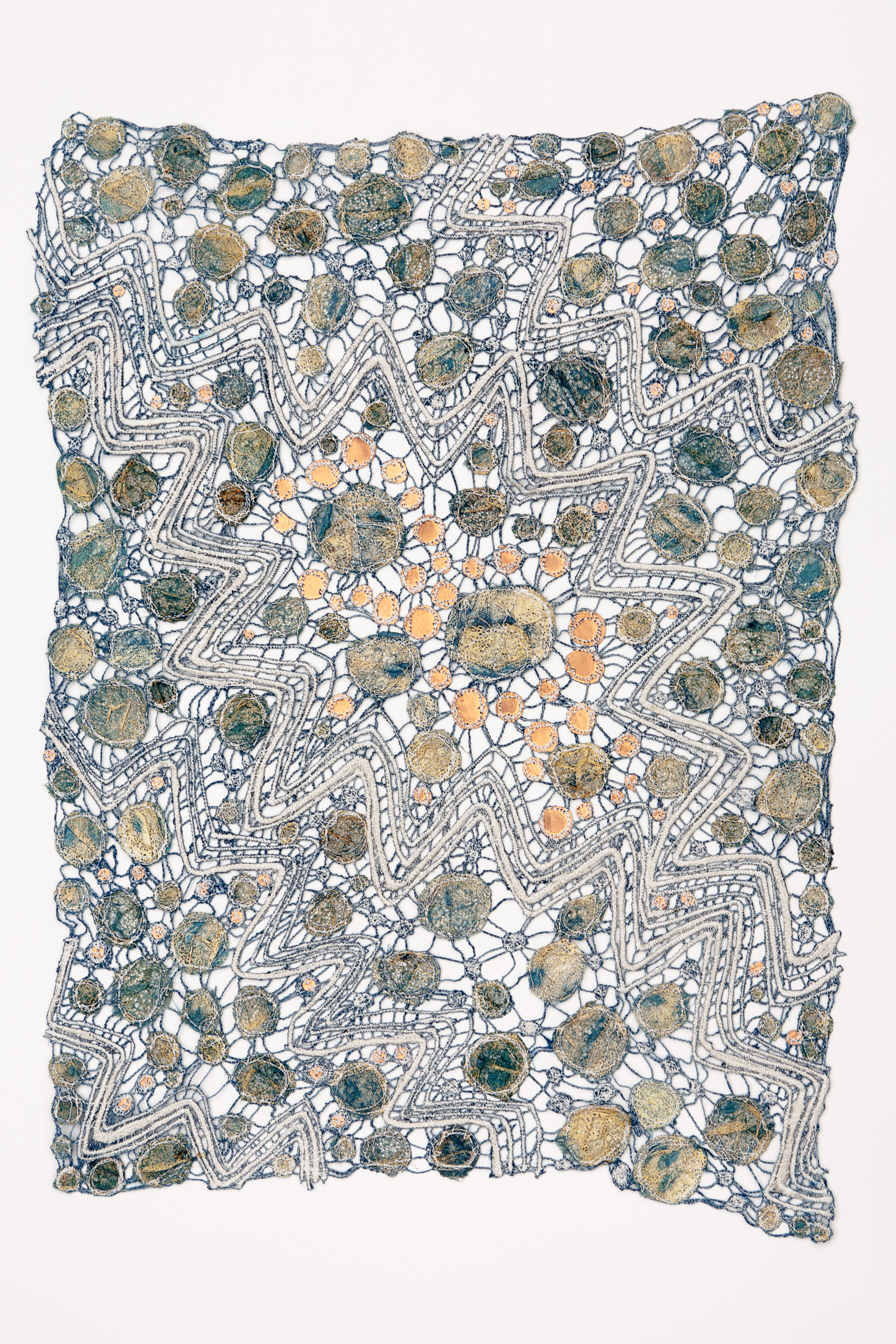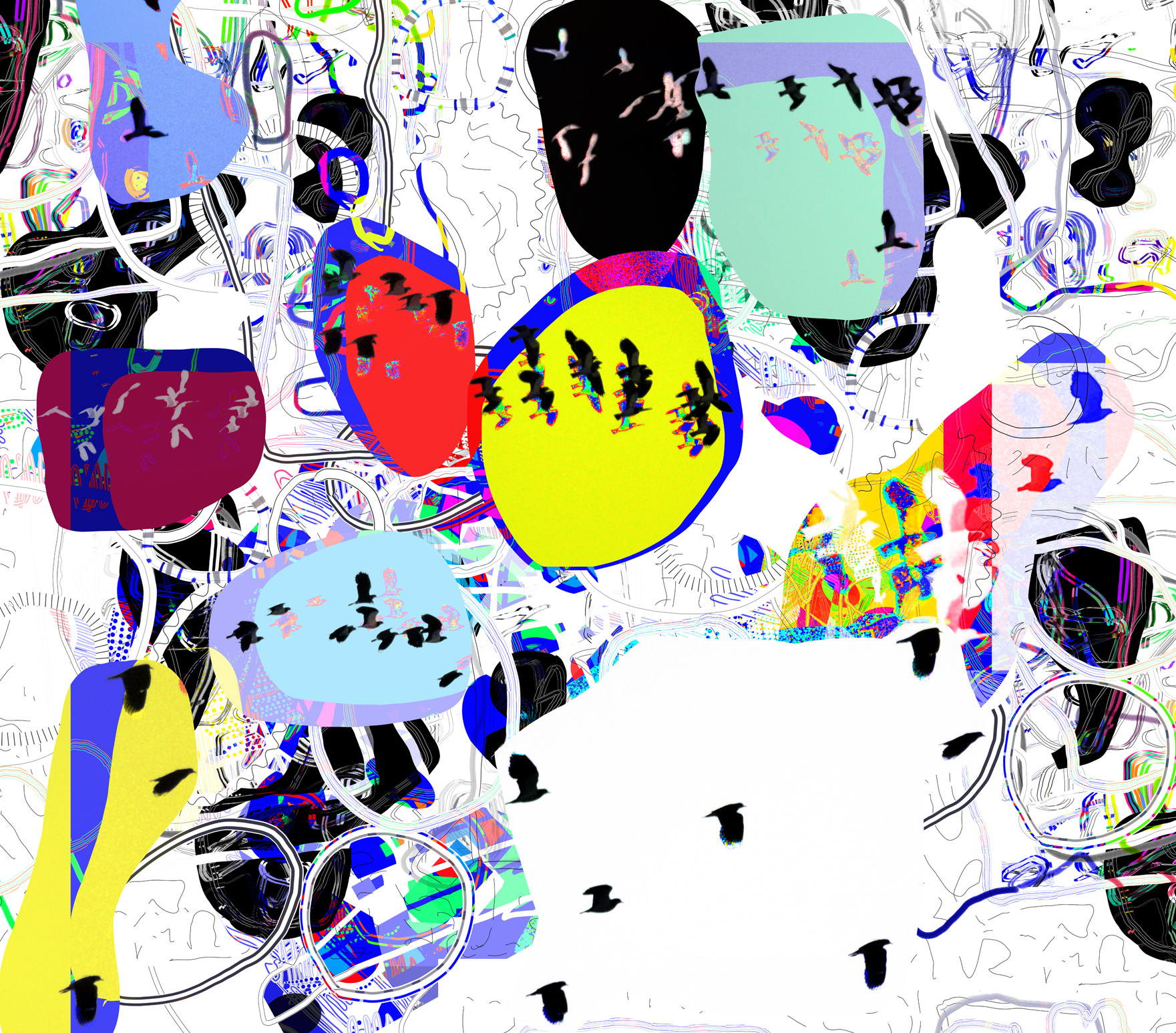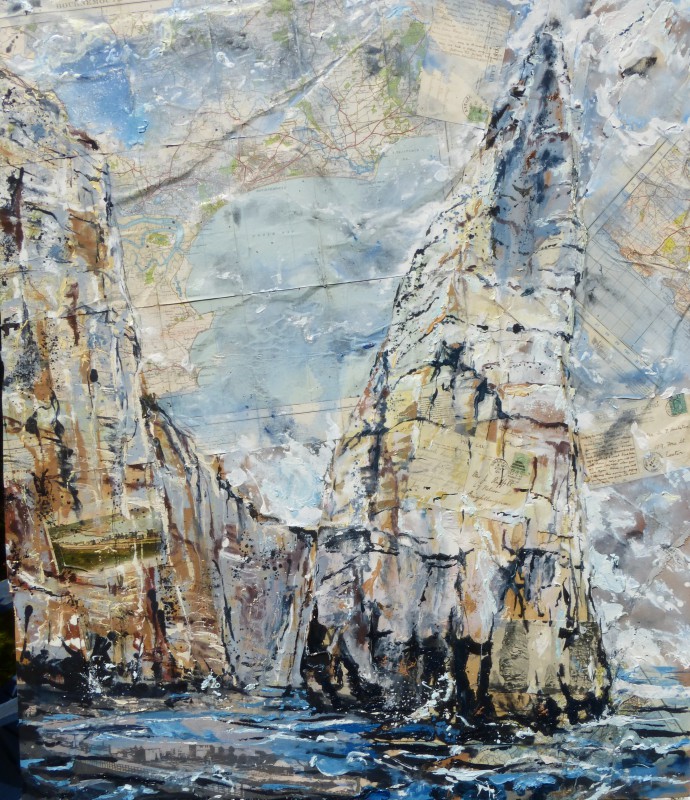Zanzibar, Christ Church Cathedral and the last slave market
A new Sideshow! exhibit at the Centre of African Studies, 3rd floor of the ARB, from 10 November to 15 December 2015
 Christ Church Cathedral in Stone Town, Zanzibar, was built in 1879 on the site of the last permanent slave market in East Africa and is a site of international cultural and historic significance.
Christ Church Cathedral in Stone Town, Zanzibar, was built in 1879 on the site of the last permanent slave market in East Africa and is a site of international cultural and historic significance.
The slave market was closed in 1873 amid increasing pressure to abolish the East African slave trade. The Universities’ Mission to Central Africa purchased the site and built the cathedral under the leadership of passionate abolitionist Bishop Steere. Known as the ‘Slave Market Church’, the high altar was positioned over the whipping post.
Zanzibar’s tropical climate took its toll on the building and by the time World Monuments Fund Britain (WMFB) became involved the cathedral was in danger of collapse. In 2013, the Anglican Diocese of Zanzibar and the Zanzibar Government asked World Monuments Fund to help protect this site of conscience.
The cathedral and the former slave market were included on the 2014 World Monuments Watch, WMF’s biennial advocacy programme for global heritage at risk. WMF Britain was awarded a grant of €743,000 from the European Union to conserve the cathedral and create a heritage and education centre at the site commemorating the abolition of slavery.
Zanzibar’s Story: Remembering the Past, Securing the Future is a touring exhibition created to raise awareness of this internationally significant site and the reconciliation and tolerance WMFB’s project is helping to promote in Zanzibar, and to help raise additional funds to complete work at the site. To find out more or to pledge your support, visit: www.wmf.org.uk.
Forthcoming venues: Dr Johnson’s House, London, January – March 2016
This World Monuments Fund Britain project is funded by the European Union in partnership with:
Anglican Diocese of Zanzibar
Christian Engineers in Development
Zanzibar Stone Town Heritage Society
With support from:
US Ambassador’s Fund for Cultural Preservation
Government of Zanzibar
